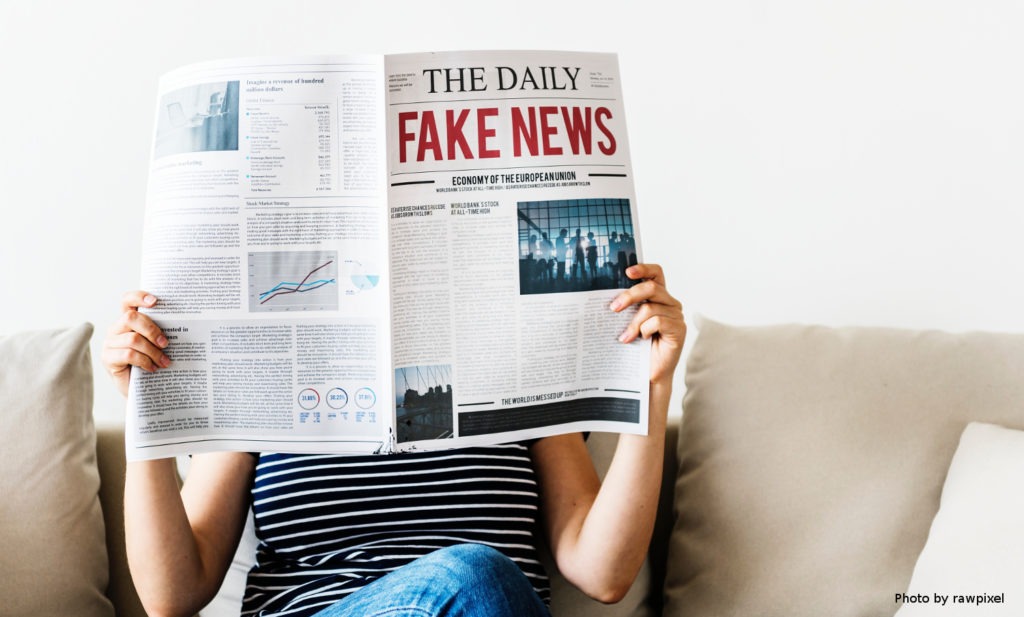russia spends at least $1,2 bln a year on disinformation
 Read in Google News!
Read in Google News! 
The World Economic Forum ranks the spread of misinformation and fake news, as among the world’s top global risks. In line with other reports, the forum finds that fake news outlets and operations are seeing unprecedented traffic and engagement.
According to the new research conducted by a University of Baltimore economist and AI and cybersecurity company CHEQ, the creation and dissemination of fake news encompass state-sponsored bad actors, motivated by ideology, or simply plain profit.
The level and costs of fake news operations are significant. Andrus Ansip, former vice-president of the European Commission has claimed russia spends at least $1.2 billion a year on pro-kremlin media to create disinformation. In addition, significant spending on pumping out misinformation has been detected during elections in at least 18 countries.Most famously, in the United States, the Mueller Report found that during the 2016 Presidential election, the Internet Research Agency (IRA) in a bid to “provoke and amplify political and social discord in the United States” purchased over 3,500 advertisements, totaling $100,000, which were ‘‘falsely claimed to be controlled by U.S. activists’’.
In a similar vein, the UK Parliament heard in its deliberations on fake news, that proBrexit website “Mainstream Network” described as “highly misleading” and lacking in transparency, spent $336,000 in just over 10 months during 2018 reaching 10.9 million users. We see extremely low barriers to entry.
In its report, Trend Micro finds that $2,600 can buy a social media account with more than 300,000 followers; $55,000 is enough to fund a Twitter attack that successfully discredits a journalist; and $400,000 to influence policy changes on trade agreements, impact elections, or change the course of a referendum.

